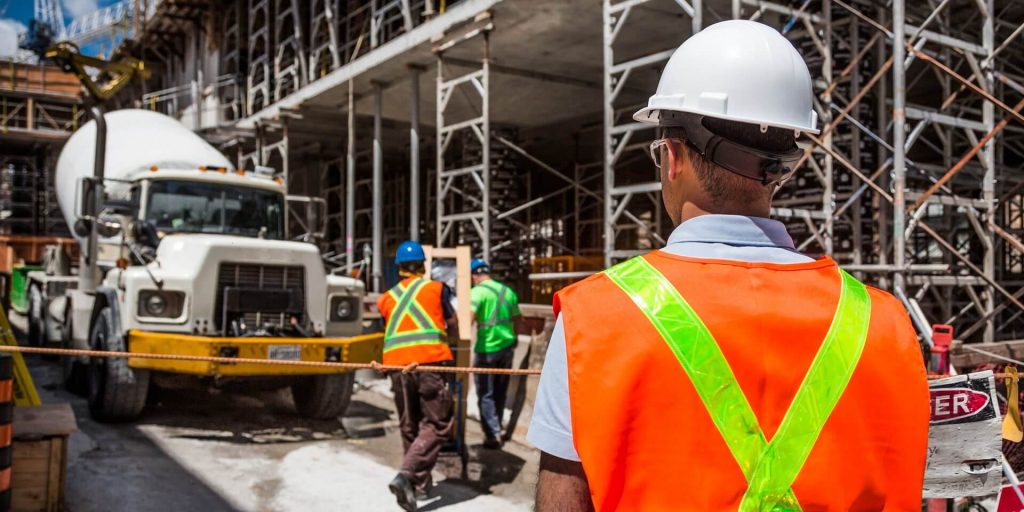A critical task of building a better workforce is training employees. Without the proper resources and training, a new employee can quickly become a drain on company time and resources. Employees themselves recognize the importance of proper training. Sixty-eight percent of workers think that training and development are the most important aspects of company policy. Additionally, 40% of poorly trained employees leave their jobs within the first year. A poor training program can make your most talented employees look for other opportunities, leaving the remaining staff without motivation.
At NBS, we believe that the strength of any organization depends on the strength of its employees. Workers with proper training are more confident, competent, and are a valuable investment in your company’s future.
When should you evaluate your training program?
Evaluate your training program any time you wish to identify possible gaps or oversights in the materials or method. This includes:
- Introducing new information
- Trying out new training techniques
- Implementing changes brought on by new laws or technology
- Training employees from the upcoming generation
Build a Superior Workforce with NBS – take the first step with our sample assessments
Millennials in the workforce
As of 2017, Millennials made up the largest percentage of the workforce (35%). They surpassed the previous generation (Gen Xers), who currently make up about 33% of the workforce. These numbers will continue to grow. By 2025, Millennials will make up an estimated 75% of workers!
There’s lots of research about Millennials’ work habits, learning styles, and relationship with technology. However, there are several key takeaways that will apply specifically to training new employees from the Millennial generation:
- Most Millennials are extremely comfortable with technology. They prefer learning that is flexible, bite-sized, and achievement driven.
- Learning opportunities are extremely important to Millennials. They generally value knowledge over getting a degree. A third of Millennials surveyed said they’d be more interested in an employer if they offered exceptional training and development opportunities.
With that in mind, let’s explore 7 steps to evaluating your training program.
Before training
1. Goals
Decide on the desired outcomes before training takes place. Your specific goals will vary, but may include things like:
- Employee retention
- Increased production
- Fewer safety incidents
- Improved morale
With these goals in mind, set up systems to measure for the desired outcome. These systems for gathering data may include skills assessments, surveys, and interviews. Also, have a checklist for training new hires to ensure the process remains reliable and consistent.
2. Pre-training data
Gathering information about your training program is easier if you have data to measure against. Skills assessments gather information about a candidate’s current knowledge and skill level. Simply have a trainee take a skills assessment before training, and again after training. This gives you a before-and-after picture of how your training program increased their knowledge. These tests also highlight areas where an employee may need extra instruction, leading to more insightful training. In addition to skills assessments, surveys, questionnaires, and interviews are also useful ways to gather data.
During training
3. Observe
Actively observe how the material is received during instruction. Even simply glancing around the room can tell you a lot about your material. Are trainees focused on the instructor or on the material? Are they staring at their phones or off into space? Are they asking questions and discussing the material? If the instructor is too busy to monitor interaction, consider having a dedicated observer sitting in on training sessions.
4. Interact
Training materials have a reputation for being dull, but you can boost engagement (and gather information!) by interacting with learners. Ask relevant questions about the material and encourage trainees to share key takeaways. Ask if the material is easy to understand and if they feel it will be relevant to the job. Encourage feedback. The more feedback you can get, the more insight you have into the effectiveness of your program
After training

5. Observe again
After a trainee completes the program, observe how they use the information. Look for the ways training is applied on the job and areas where it isn’t. Are the recently trained employees comfortable asking questions? Are trainees able to share their new abilities and knowledge with co-workers?
6. Post-training data
Have the employee take the same skills assessment they took before training. This will give you the clearest picture of how much the training program increased their skills and knowledge.
Also, make time to talk to supervisors about the trainee’s progress. Have the employee attend an after-training interview so you can ask about the ways they’ve applied the information.
7. Identify possible gaps, rinse, and repeat
With the data you’ve gathered, you have plenty of information to identify possible gaps. Make adjustments as needed and measure again. It won’t be long until you have a well-crafted training program that prepares employees for success in your organization!
Evaluate Your Training Program with Skills Assessments
Skills assessments from NBS are a great way to begin evaluating your training program. Whether you’re testing a new trainee’s knowledge of the culinary arts, or refreshing a current employee on the fundamentals of construction, assessments allow you to gauge if your training program is helping to build a better workforce.

Recent Comments